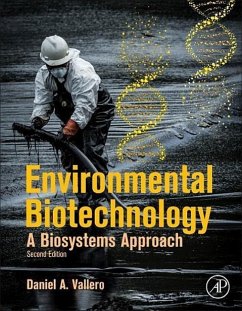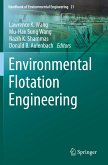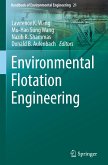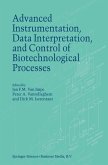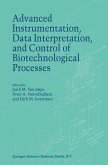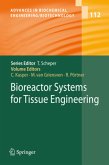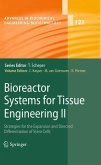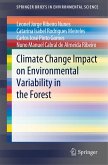Environmental Biotechnology: A Biosystems Approach, Second Edition presents valuable information on how biotechnology has acted as a vital buffer among people, pollution, and the environment. It answers the most important questions on the topic, including how, and why, a knowledge and understanding of the physical, chemical, and biological principles of the environment must be achieved in order to develop biotechnology applications.
Most texts address either the applications or the implications of biotechnology. This book addresses both. The applications include biological treatment and other environmental engineering processes. The risks posed by biotechnologies are evaluated from both evidence-based and precautionary perspectives. Using a systems biology approach, the book provides a context for researchers and practitioners in environmental science that complements guidebooks on the necessary specifications and criteria for a wide range of environmental designs and applications. Users will find crucial information on the topics scientific researchers must evaluate in order to develop further technologies.
Most texts address either the applications or the implications of biotechnology. This book addresses both. The applications include biological treatment and other environmental engineering processes. The risks posed by biotechnologies are evaluated from both evidence-based and precautionary perspectives. Using a systems biology approach, the book provides a context for researchers and practitioners in environmental science that complements guidebooks on the necessary specifications and criteria for a wide range of environmental designs and applications. Users will find crucial information on the topics scientific researchers must evaluate in order to develop further technologies.

